Galaxy S8 vs. S7: What's New, and Should You Upgrade?
Samsung's new S8 and S8+ phones sport new looks, but how do they stack up?
What a difference a year makes for Samsung and its flagship Galaxy phone.
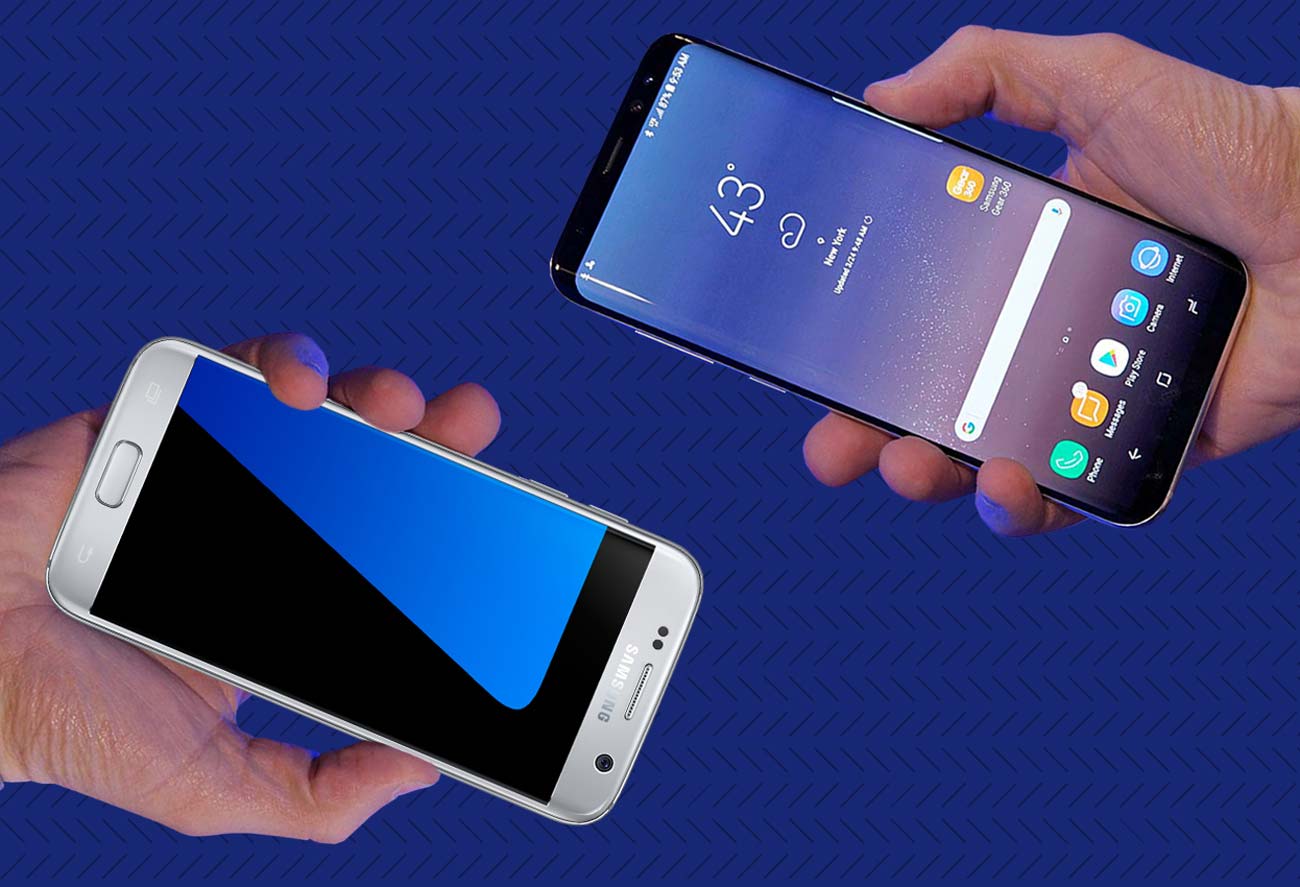
Samsung's Galaxy S8 and S8+ smartphones — which we've now had a chance to review — offer brand-new looks, wider display panels, an intelligent voice assistant and other upgraded specs. But with higher starting prices, are they different enough from the S7 and S7 Edge to justify an upgrade?
| Row 0 - Cell 0 | Galaxy S8 | Galaxy S8+ | Galaxy S7 | Galaxy S7 Edge |
| Special Features | Bixby assistant, Samsung Connect app, AKG earbuds ($99 value)DeX dock, (optional, $150) | Bixby assistant, Samsung Connect app, AKG earbuds ($99 value)DeX dock, (optional, $150) | Dual-pixel camera, always-on display | Dual-pixel camera, always-on display |
| Display (pixels) | Dual-edge 5.8-inch (2960 x 1440) | Dual-edge 6.2-inch (2960 x 1440) | Flat-edge 5.1-inch (2560 x 1440) | Dual-edge 5.5-inch (2560 x 1440) |
| Cameras (rear/front) | 12 MP / 8 MP | 12 MP / 8 MP | 12 MP / 5 MP | 12 MP / 5 MP |
| Biometric Scanning | Facial recognition, iris scanner, fingerprint reader | Facial recognition, iris scanner, fingerprint reader | Fingerprint reader | Fingerprint reader |
| CPU | Snapdragon 835 | Snapdragon 835 | Snapdragon 820 | Snapdragon 820 |
| Storage | 64GB | 64GB | 32GB | 32GB |
| RAM | 4GB | 4GB | 4GB | 4GB |
| Battery | 3,000-mAh | 3,500-mAh | 3,000-mAh | 3,600-mAh |
| Battery Life (Hrs:Mins) | 10:39 | 11:04 | 8:43 | 10:09 |
| Size | 5.9 x 2.7 x 0.3 inches | 6.3 x 2.9 x 0.3 inches | 5.6 x 2.7 x 0.3 inches | 5.9 x 2.9 x 0.3 inches |
| Weight | 5.5 ounces | 6.1 ounces | 5.4 ounces | 5.5 ounces |
| Colors | Midnight Black, Orchid Gray, Arctic Silver | Midnight Black, Orchid Gray, Arctic Silver | Black Onyx, Gold Platinum, Silver Titanium | Black Onyx, Gold Platinum, Silver Titanium |
| Android Version | 7.0 Nougat | 7.0 Nougat | 7.0 Nougat (after update) | 7.0 Nougat (after update) |
| Charging | USB Type-C | USB Type-C | microUSB | microUSB |
| Pricing | $720-$750 | $840-$850 | $445 | $549 |
Design: Bigger screens in sleeker (but heavier) bodies
The first time you see the S8, you’ll notice a big difference between its display and the S7’s screen. All models of the S8 feature tapered left and right edges; among last year’s models, only the S7 Edge has a curved display.
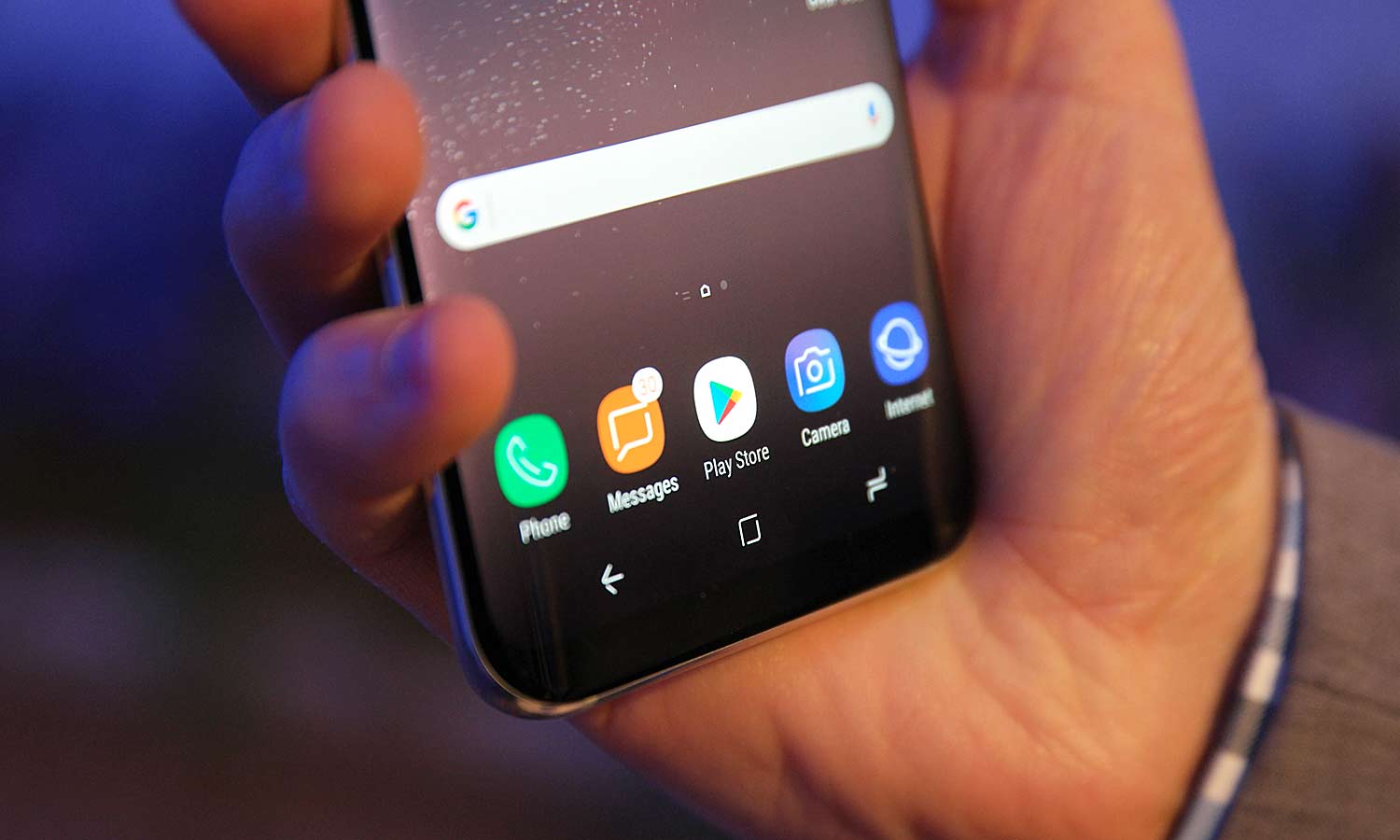
The S8 also uses a single pane of glass that eliminates the physical home button found on the S7 and previous Galaxy phones. Instead, the S8 and S8+ replace the old physical button with a virtual home button in the same location. It provides haptic feedback (similar to the one on the iPhone 7).
MORE: Best Galaxy S6 and S7 Trade-In Deals
The S8 phones have bigger screens than the S7 and S7 Edge, with the S8 packing a 5.8-inch panel and the S8+'s measuring a massive 6.2 inches. Those dwarf the 5.1-inch S7 and 5.5-inch S7 Edge, but because there’s less bezel in the way, both handsets are easy to operate with one hand, especially the regular S8.
The 5.5-ounce S8 is pretty close in weight to the 5.4-ounce S7. More noticeable is the difference between the 6.1-ounce S8+ and the 5.5-ounce S7 Edge. The Galaxy S8 and S8+ are 1.5 millimeters slimmer than their S7 predecessors — a difference you’ll hardly notice unless you’ve got a caliper handy.
Sign up to get the BEST of Tom's Guide direct to your inbox.
Get instant access to breaking news, the hottest reviews, great deals and helpful tips.
MORE: The Fastest Wireless Network: Verizon Takes the Top Spot
The S8 doesn't do away with buttons entirely, as Bixby, Samsung’s new virtual assistant, gets its own dedicated button on the left side.
Also, with the S8, Samsung finally upgraded the charging port from micro-USB to USB Type-C. While the upgrade is certainly welcome, we wish Samsung would have made that change last year.
Special Features: Galaxy has a brand-new bag of tricks
While Samsung has made some noteworthy changes to the Galaxy phones’ designs, the biggest change with this new phone is all of the special features Samsung packed into it. Bixby is a virtual assistant that will let you use your voice in cases where it makes more sense than tapping the screen. For example, you'll be able to say, “Send this photo to my mom,” or “Turn the brightness to 25 percent.” Or at least, you'll be able to do those things once Samsung issues a software update later this spring to enable the voice control feature. The Galaxy S8 and S8+ ship without voice controls for Bixby.
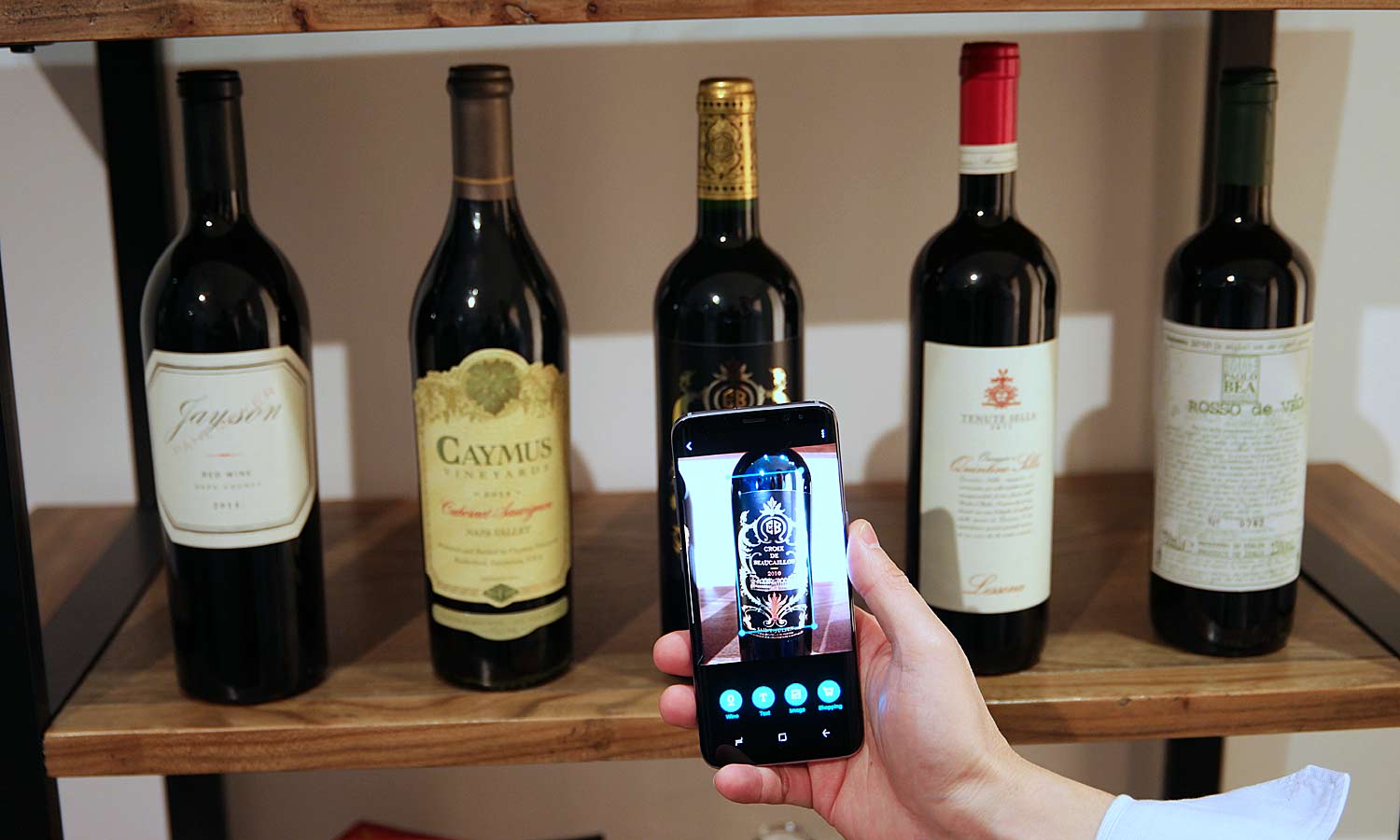
The Samsung Connect app lets you control various smart home devices from a single place. And the optional $150 DeX dock turns the Galaxy S8 into a mini PC, letting you run Android apps on the big screen, complete with mouse and keyboard support.
Audiophiles looking for new earbuds should also note that the S8 comes with a pair of wired earbuds from the high-end audio firm AKG (typically $99).
Display: Wider, taller, more pixels
The 5.8-inch S8 and 6.2-inch S8+ dwarf the S7 (5.1 inches) and the S7 Edge (5.5 inches).
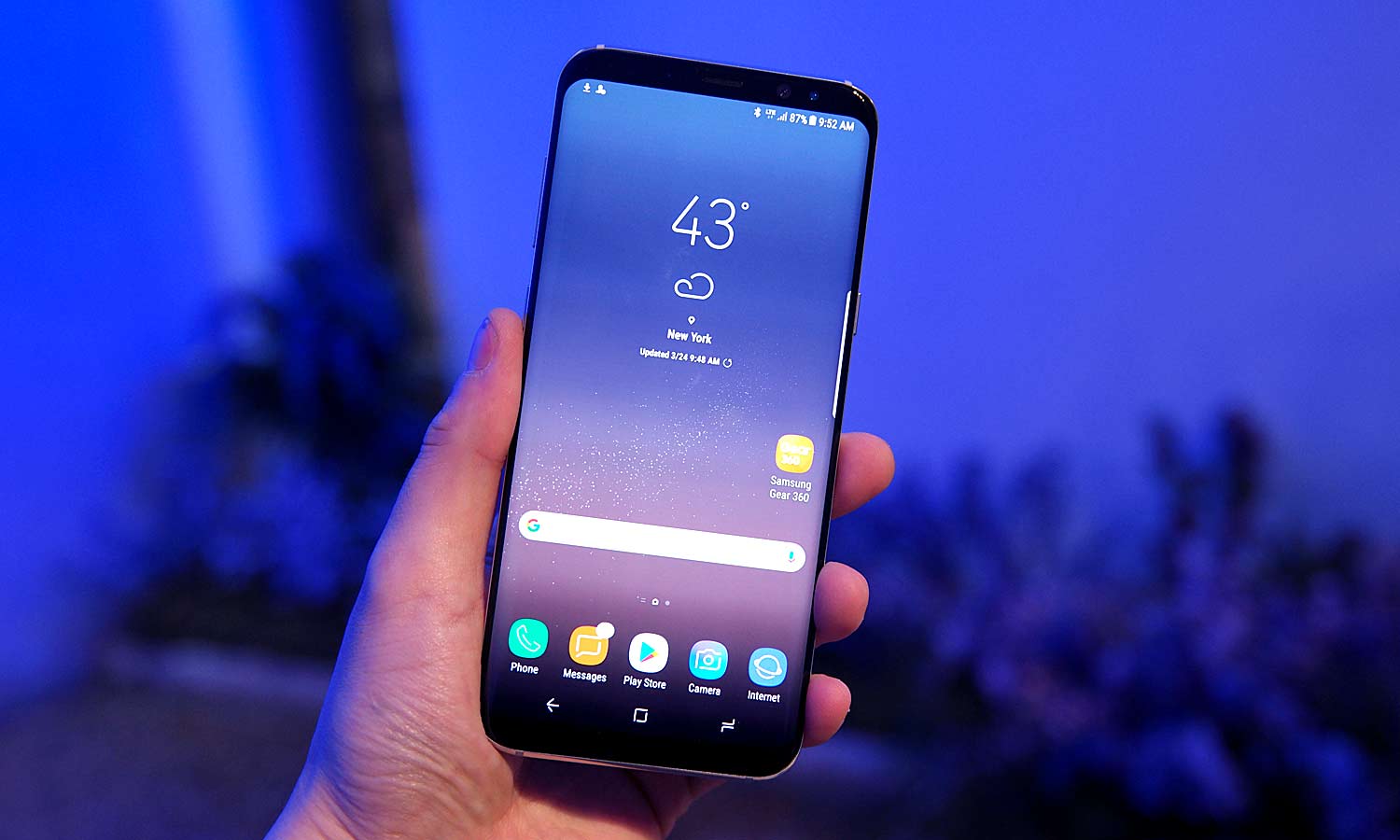
The 2960 x 1440-pixel S8 also has a wider aspect ratio of 18.5:9, compared with the 2560 x 1440-pixel S7's 16:9 aspect ratio. In addition, the S8 and S8+ support high dynamic range (HDR) content, which means you’ll see more colors when watching select shows and movies.
Cameras: Slight upgrades
The S8 uses the same dual-pixel 12-megapixel rear camera sensor as the S7, but Samsung has made software changes that have improved image processing. Our camera tests certainly found sharper images over what the S7 produces.
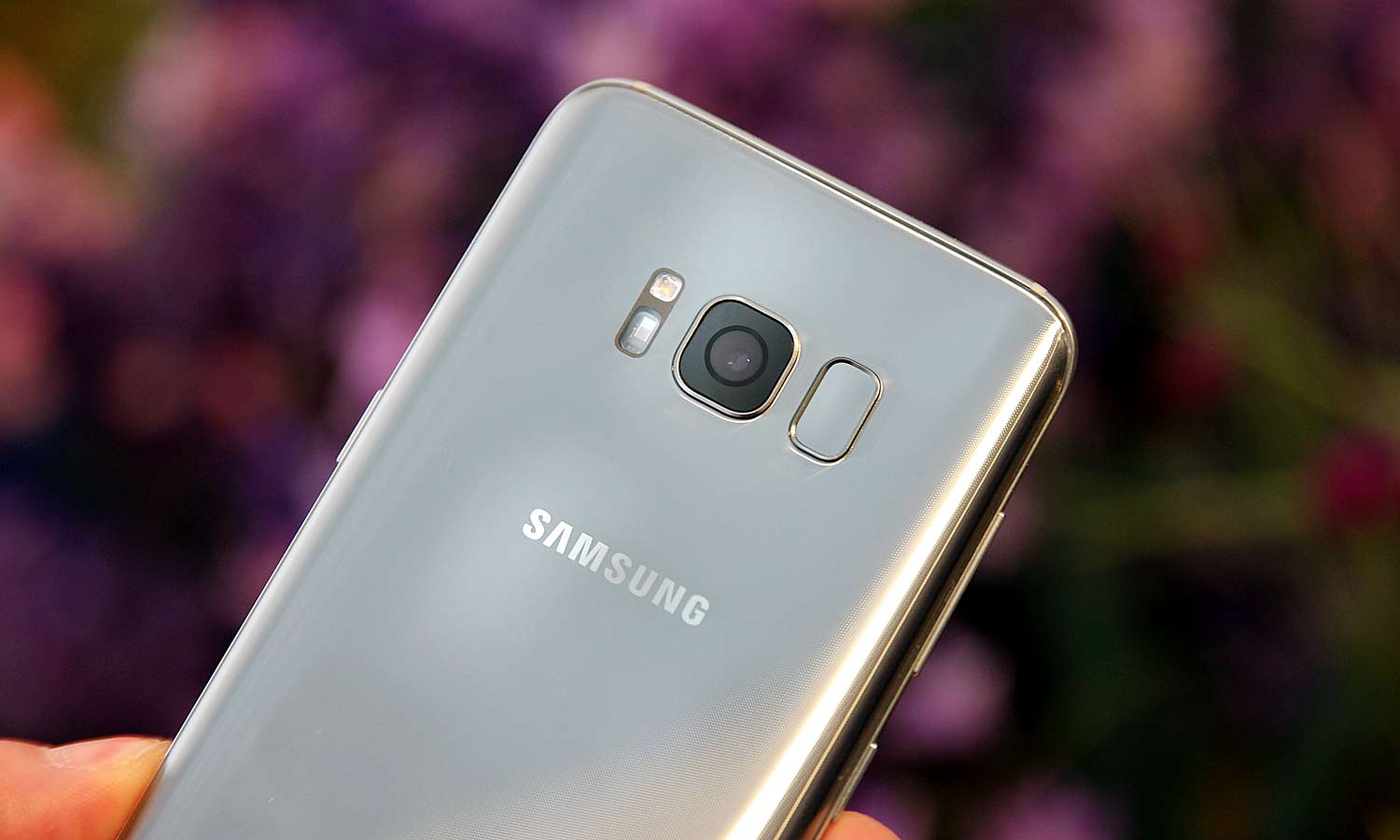
The 8-MP front cameras on the S8 and S8+ are upgrades from the 5-MP selfie shooters on last year's models. These cams are also getting smart autofocus and face recognition for better group selfies.
Biometric Scanning: Show me your face
You can unlock the S8 by using facial recognition and iris scanning — two tricks the S7 didn't offer. Samsung’s new phone also includes a fingerprint reader, but the sensor is now on the back of the phone. In contrast, on the Galaxy S7, the home button doubles as a fingerprint reader. The fingerprint reader on the S8 sits right next to the rear camera, so you’d better learn where to rest your finger if you want to avoid smudging the S8’s camera lens.
MORE: The Best Way to Unlock Your Galaxy S8
Specs: Enjoy more power
In the U.S., the S8 will pack an octa-core 64-bit Qualcomm Snapdragon 835 CPU. (Other markets will get a Samsung Exynos 8895 processor.) Samsung says the S8 is the first smartphone with a 10-nanometer processor, which will make the device more powerful and more energy-efficient.
We definitely saw some improvement over the Galaxy S7 in our benchmarking tests. The Galaxy S8 scored a 6,295 in the Geekbench 4 measure of overall performance — the best score of any Android phone. The S7 Edge, which has a Snapdragon 820 chip, had a tally of 4,035 in that same test.
MORE: Best Galaxy S6 and S7 Trade-In Deals
Samsung has doubled the onboard storage on the Galaxy S8 and S8+ compared to last year’s models, going from 32GB to 64GB. The memory is the same, at 4GB for each model.
Battery Life: Longer-lasting phones
The batteries in the S8 and S8+ are similar in size to their predecessors’, which makes us wonder how long the new devices will last on a charge. Both the S7 and S8 include 3,000-mAh batteries. The S8+ has a 3,500-mAh battery, which is a hair smaller than the 3,600-mAh battery in the S7 Edge.
Battery life has improved considerably with the Galaxy S8. The S8+ lasted a little more than 11 hours in our battery testing (continuous web surfing over LTE), while the S8 turned a time of 10 hours, 39 minutes. That's better than the 10:09 the S7 Edge lasted; it's essentially a two-hour improvement over the S7's 8:43 battery life.
Pricing: Hefty
All these upgrades and new features will cost you. Buying the S8 from Verizon will cost $720 (or $30 per month for 24 months), while MetroPCS is offering it for $729 and T-Mobile is charging $750 (or $30 per month for 24 months, with $30 down). AT&T is selling the S8 on its Next plan for $25 per month over 30 months (for a total of $750). The S8 will also cost $750 from Sprint.
The S8+ will cost $840 from Verizon (or $35 per month over 24 months) and $850 from T-Mobile (or $30 per month over 24 months, with $130 down). AT&T sells the S8 on its Next plan for $28.34 per month over 30 months (for a total of $850).The S8+ will also cost $850 from Sprint.
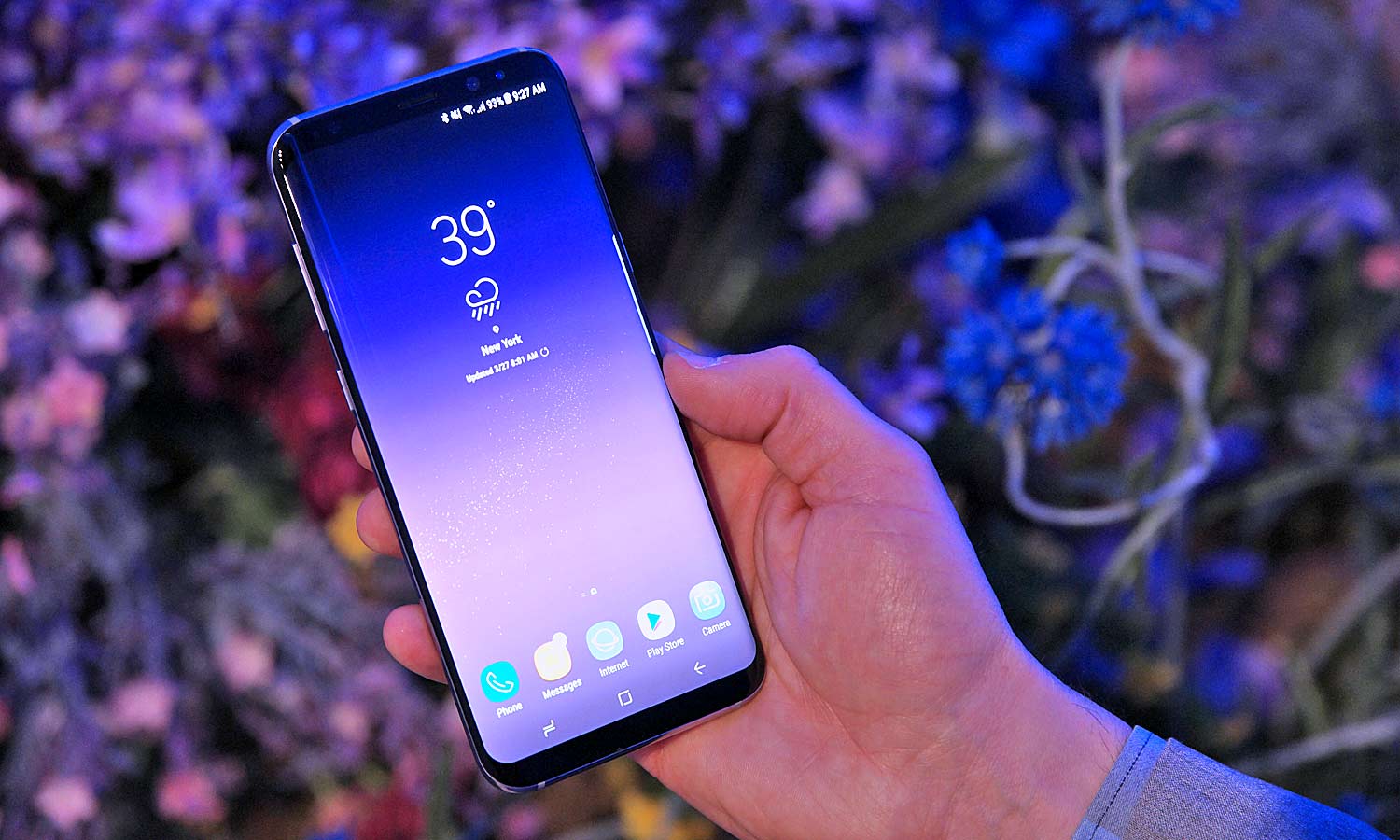
The S7 is currently priced as low as $445 on Amazon, and there are plenty of S7 deals to be had now that the S8 is going on sale.
Bottom Line
For those who crave a phone that looks like it came from the future, the S8 is a significant upgrade from the S7. From their edge-to-edge and infinity displays to their digital assistant and smart home control, both the S8 and the S8+ are worth the splurge if you've got the extra cash. That said, people on a tighter budget can’t go wrong with the S7, particularly as the price on that older phone falls.

Henry is a managing editor at Tom’s Guide covering streaming media, laptops and all things Apple, reviewing devices and services for the past seven years. Prior to joining Tom's Guide, he reviewed software and hardware for TechRadar Pro, and interviewed artists for Patek Philippe International Magazine. He's also covered the wild world of professional wrestling for Cageside Seats, interviewing athletes and other industry veterans.
-
Eric_2516 I guess I'll be hanging onto my S6Edge+ until it dies if the price of the 8+ is going to be 840. That's pretty steep.Reply -
henrytcasey Reply19541037 said:I guess I'll be hanging onto my S6Edge+ until it dies if the price of the 8+ is going to be 840. That's pretty steep.
As someone also holding onto a phone until it dies, I understand completely. -
cthunder067 There is absolutely no reason to upgrade to any phone that cost $200 to $300 more than the previous 2 versions.Reply
